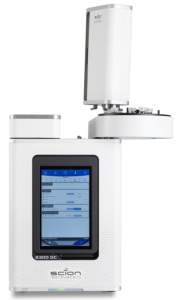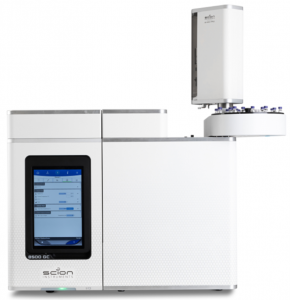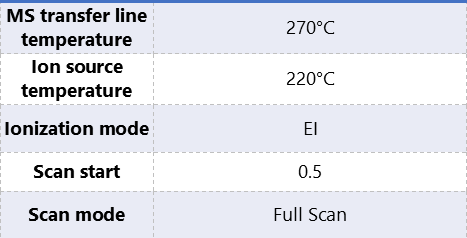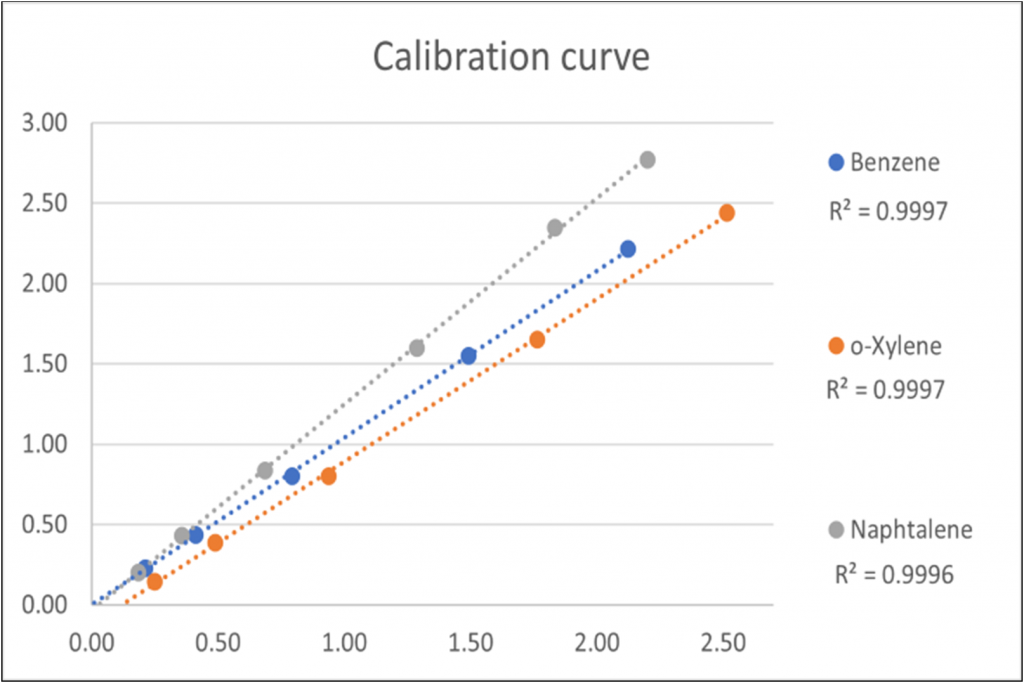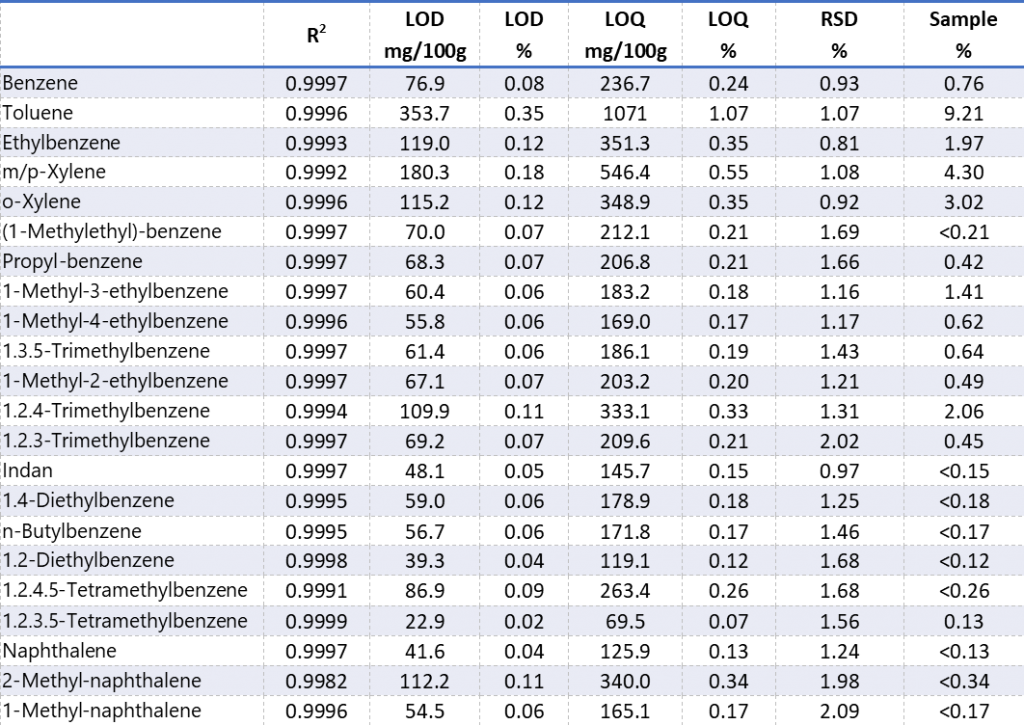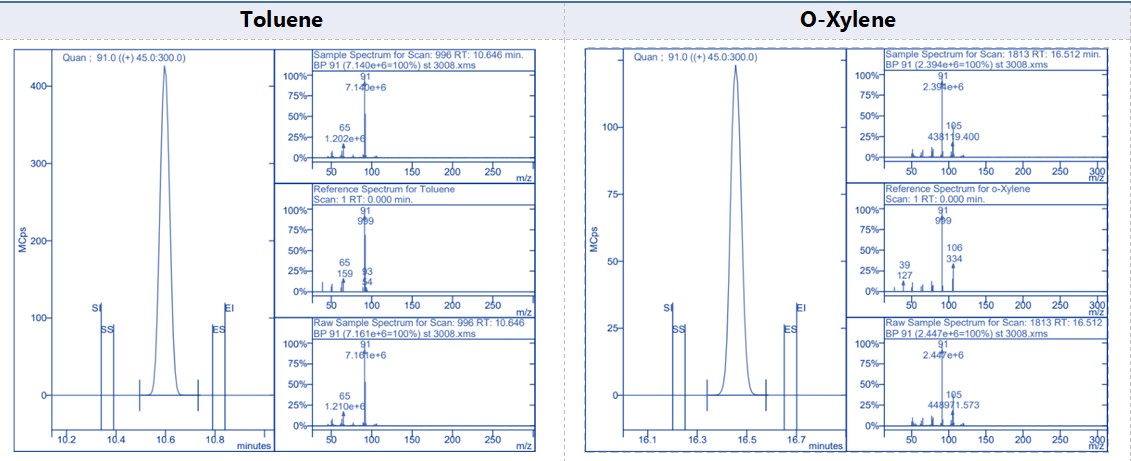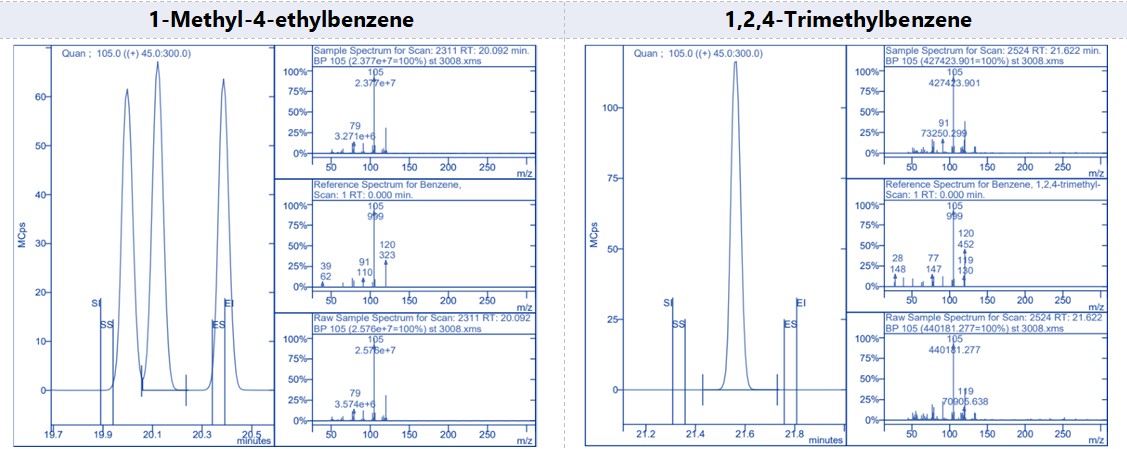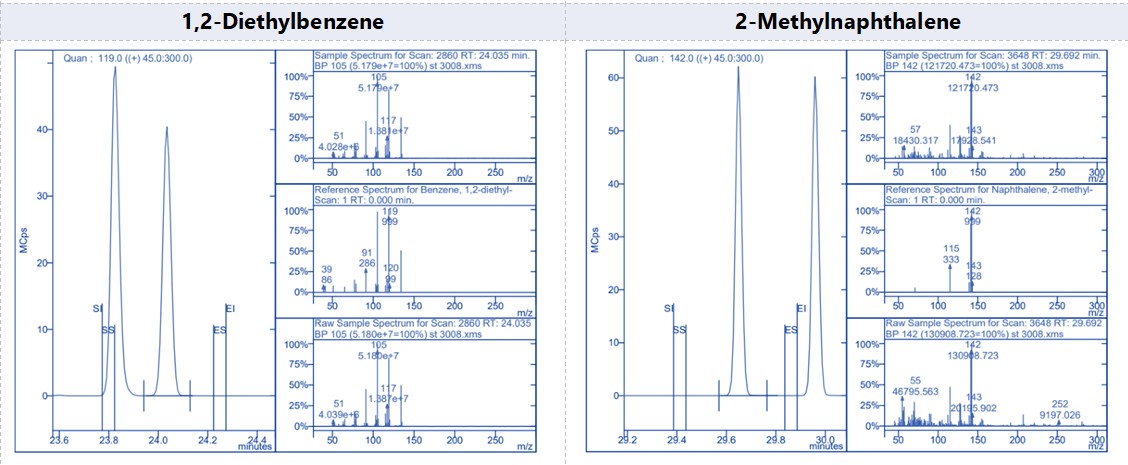ASTM D5769; Standard Test Method for Determination of Benzene, Toluene, and Total Aromatics in Finished Gasolines by GC-MS
Introduction
After the petroleum refining process it is important to assess the gasoline quality and to see if the fuel regulations are met. The ASTM D5769 describes a method to determine Benzene, Toluene and total aromatics in finished gasolines using a gas chromatograph (GC) in combination with a Mass Spectrometer (MS).
This application is applicable on the SCION Instruments 4X6 in combination with the SCION Instruments single quad (SQ). But the analysis was performed on the SCION Instruments 8X00 GC series with the new 8700 SQ mass spectrometer shown in figure 1.
Figure 1. SCION Instruments 8X00 GC with SQ-MS.
Experimental
This analysis can be implemented on the 8300-GC and the 8500-GC platform. The analysis was performed on the SCION Instruments 8500-GC analyser equipped with SQ MS and SCION 8400PRO autosampler.
After the refinery process it is important to inspect the quality of the product(s) to see if the fuel meets the regulations set for the gasoline products.
The ASTM D5769 is a simple method for the determination of benzene, toluene and total aromatics in gasoline. With this method it is also possible to measure gasolines that contain alcohols and ethers (oxygenates) as additives. It has been determined that common oxygenates found in finished gasolines do not interfere with the analysis.
This method uses a multipoint calibration consisting of at least five levels. Specified deuterated hydrocarbons are recommended as internal standards. This application note uses the recommended: Benzene-d6, Ethylbenzene-d10 and Naphtalene-d8 as internal standard. For toluene it is also possible to use Toluene-d8 as an extra internal standard.
The method has been tested for the following concentration ranges in liquid volume percent. Benzene 0.1 to 4.0 %; Toluene 1 to 13%; C6 to C12 aromatics 10 to 42%.
Results
All the results were calculated according to the described method ASTM D5769.
The precision of the method was obtained by ten consecutive injections. The concentration used varied for every component.
It was shown that the repeatability (RSD%) for almost all components were below 2%. Table 4 shows the repeatability for each of the components.
Table 2. Instrumentation operating conditions.
All the chromatographic peaks were identified with the NIST library. Figure 3 shows six examples of these target peaks from a standard containing all the components.
The calibration curves for each component were made from certified standards. All components had a correlation coefficient (R2) greater than 0.9991, except 2-Methyl-naphthalene which had a correlation of 0.9982.
According to the ASTM D5769 every component should have a correlation coefficient of a least 0.99 or better. This means that all the components meet the requirements.
Figure 2. Calibration curve example of three components.
Figure 2 shows an example of the calibration curves of Benzene, o-Xylene and Naphthalene, in addition the correlation coefficients of each component are shown in table 4.
From the linearity the limit of detection (LOD) and limit of quantitation (LOQ) were calculated. These values can also be found in table 4.
The Quality control sample was pre-prepared, the average concentrations are shown in table 3. The left column shows the concentration on the certificate and the right shows the measured concentration. All concentrations are shown in percentage (%) except 1.4-Diethylbenzene, that is shown in µg/ml. According to ASTM D5769 the values obtained should not deviate more than 5%, except 1.2.4.5-Tetramethylbenzene and Naphthalene those are set on a max deviation of 10% The values in table 3 are all within these limits
Table 3. Results of the Quality Control sample
The gasoline sample was spiked with internal standard and after that injected in the GC-MS. The calculated results of the sample are shown in table 4.
Figure 3. Target compound example peaks.
Conclusion
The Scion 8X00-GC analyser equipped with a split/spitless injector, Scion Instruments column and new 8700 SQ mass spectrophotometer is capable of performing ASTM D5769 in a way that complies to the method.
The equipment of the 8X00-GC analyser is pre determined, for ordering information or customisation, please contact your local sales representative.
Although the 4X6-GC series is not used in this application it is possible to perform this analysis on the SCION Instruments 4X6 GC series.
Download Application Note
Download complete Application Note here: ASTM D5769; Standard test method for determination of benzene, toluene, and total aromatics in finished gasolines by GC-MS
Keep in Touch
If you wish to keep up to date with SCION Instruments latest research and articles, why not join us on social media and sign up to our newsletters today?

